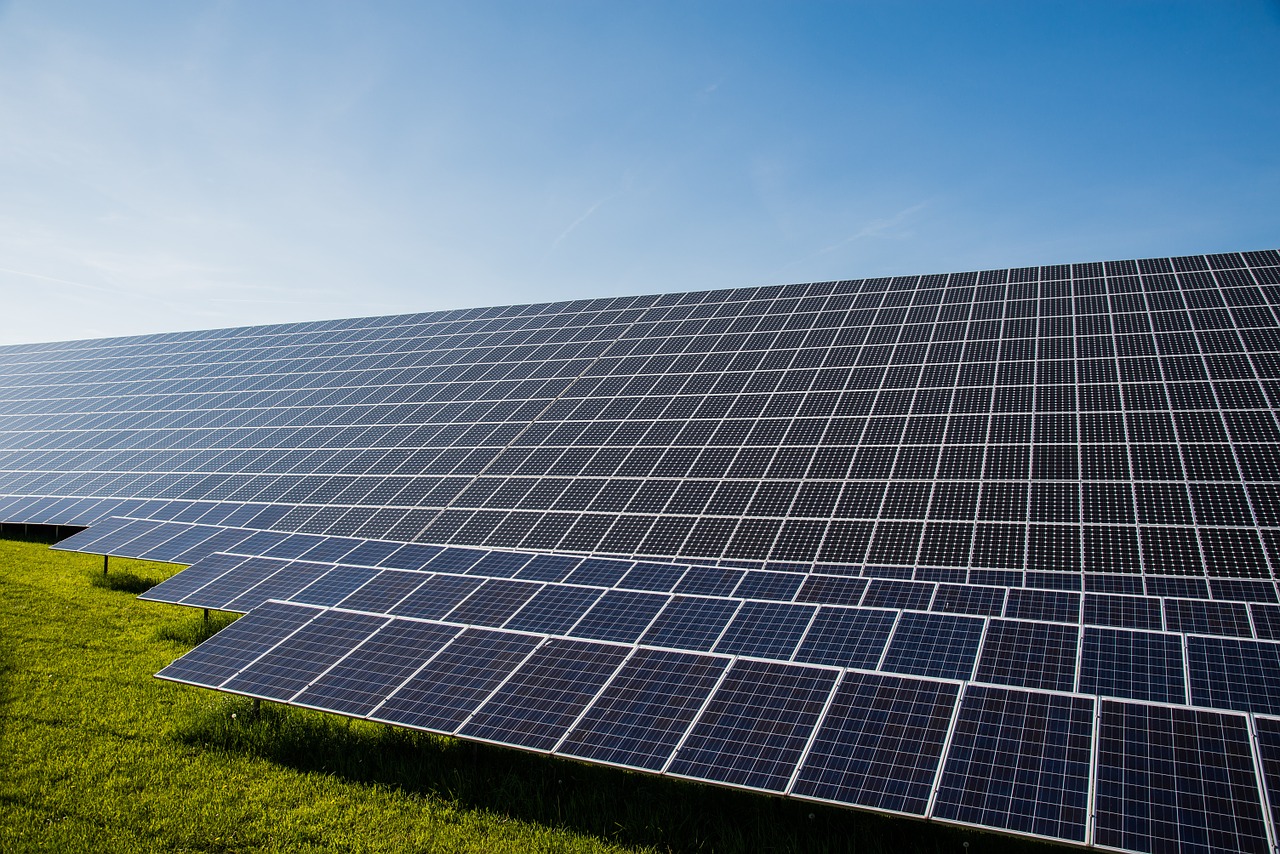As we know, Minnesota is one of the most popular states in the country for the development of community solar projects. This is partially a result of the state’s innovative ‘value of solar’ approach, wherein the rate paid to community solar projects is determined according to solar’s costs and benefits to the energy grid.
Now, with this rate projected to increase significantly in 2020, Xcel Energy, the state’s largest utility company, is keen to change how this value of solar rate is calculated. The rate is updated on an annual basis using a formula approved by the state of Minnesota. In the past couple of years, slight decreases have seen the rate settle at about 11 cents per kilowatt hour (kWh). Now, Xcel projects a huge spike in 2020—more than doubling the rate to around 25 cents per kWh.
As a number of other states across the US are keen to implement a similar value-based system for the calculation of solar rates, the progress of Minnesota’s model has far-reaching consequences for the solar sector. Should the state approve the formula changes sought by Xcel Energy, many will be keeping a close eye on Minnesota community solar.
What are the Eight Value of Solar Variables?
As things stand, eight variables in the state-approved formula determine the value of solar rate which is paid to community solar projects. By monitoring these eight variables closely, Xcel Energy have been able to forecast the projected rate increase. The impending 2020 rate surge appears to stem largely from one particular variable—avoided distribution capacity costs. Let’s look at each of the eight variables:
#1. Avoided Environmental Cost
Accounts for the value of pollution (including carbon) offset by a solar project. Typically the largest chunk of the Minnesota value rate.
Projected Rate Contribution: 3.94¢
#2. Avoided Fuel Cost
This variable tracks the cost of fuel that Xcel would have to purchase over a twenty-five-year period in the absence of solar.
Projected Rate Contribution: 3.01¢
#3. Avoided Generation Capacity Cost
Factors in the cost of building new power plants, which is avoided thanks to the presence of solar energy generation.
Projected Rate Contribution: 1.97¢
#4. Avoided Transmission Capacity Cost
Transmission costs, for both the utility company and the ratepayers, are avoided through the use of solar panels.
Projected Rate Contribution: 1.75¢
#5. Avoided Distribution Capacity Cost
Infrastructure, like grid improvements and additional substations, is required to meet peak demand—solar helps to avoid this. This variable is largely responsible for the projected 2020 rate surge.
Projected Rate Contribution: 13.73¢
#6. Avoided Reserve Capacity Cost
Utilities often require excess energy generation to ensure reliability. Community solar projects play a part in reducing this need, thus avoiding additional expenditure.
Projected Rate Contribution: 0.16¢
#7 & #8. Avoided Plant Operations & Maintenance (Fixed and Variable)
These variables concern the potential operation and maintenance costs of any new power plants which are no longer needed (or simply delayed) as a result of the energy provided by solar.
Projected Rate Contribution: 0.14¢ (variable) & 0.14¢ (fixed)
Overall Projected Rate: 24.84¢
As noted, Avoided Distribution Capacity Cost is typically one of the more volatile factors and is seen as the biggest contributor to the projected rate spike of 2020. Such a large jump came as a surprise to many and is well-beyond the acceptable level of increase—perhaps two or three cents.
The projected value rate increase presents a tricky obstacle for utilities and regulators alike, as well as a potential concern for the future development of Minnesota’s extremely successful community solar program. Xcel Energy insist that they are keen to ensure that any formula changes keep energy costs affordable for customers and support a clean energy future. The Minnesota Public Utilities Commission is open to input regarding any potential alterations.
If you’re interested in community solar—and the benefits it can bring—please contact YSG Solar today at 212.389.9215 to learn more about community solar gardens in your area.
By Shane Croghan
Sources:

